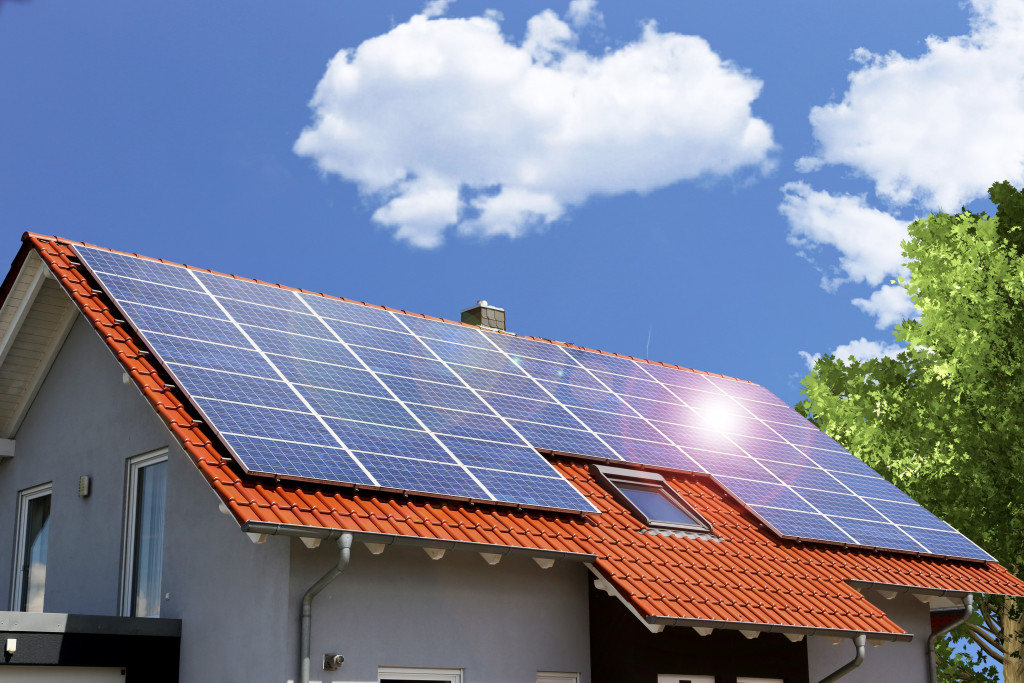During the eve of the industrial age, most industries have been using fossil fuel and other non-renewable fuel for energy. Coal, gasoline, and oil are just some of these fossil fuels that we use in our daily lives. From running our gasoline and diesel-fuelled vehicles to cooking food, fossil fuels do have a decent amount of impact on our lives.
However, these types of fuel will also have an impact on the environment. Most government entities have found that fossil fuels are one of the leading causes of public health complications and air pollution. As such, we want to ensure that the energy that we get is clean.
There are different ways of producing energy, but one of the most popular methods of producing electricity is through solar panels. Solar panels are so crucial to most state-of-the-art satellites and corporations around the world that the International Space Station uses it as a primary source of power. But there’s more to the solar panel than just being a source of energy.
Why Solar Panels?
But before we get into the different types of solar panels, let’s take a look at the benefits that it has on our daily lives and the environment:
It’s the trend — Almost everyone is doing it! Well, not really everyone, but everyone’s switching to cleaner energy as a way of combating greenhouse gas emissions. When it comes to energy-progressive countries like New Zealand, 60% of the energy will usually come from renewable sources of energy, such as solar power, hydro-electric power, and wind.
It reduces fossil fuel production — Even though the majority of most countries will use renewable energy, a good chunk of other sectors still use fossil fuel. Based on statistics, 49 million barrels of crude oil gets used up every year. If this is the case, then each person has consumed over a thousand litres of oil each year. As humans, we have to protect our environment and ensure the health and safety for future generations to come.
It can be placed anywhere — Solar panels can be placed in a variety of different places. Whether it’s your home’s roof, on a field, or in your garden, as long as there’s the right amount of sunlight, you can place solar panels there. Of course, this will entirely depend on the type of solar panel that’s used. Some industrial-level solar panels will need to be installed on the ground.
Cost-effective — You might be thinking, “well, if solar panels can help with monthly bills and the environment, it’s bound to be expensive, right?” well, that might be true to some extent. But for the last four decades, the prices of most solar panels have decreased by 99%. That’s right; you’re only paying for at least 1% of the cost. Unless you’re frugal, nobody will pass up on an opportunity like that.
Types of Solar Panels
There are two primary types of solar panels:
- Monocrystalline panels — These are mostly comprised of black cells and heavily uses pure silicon crystals.
- Polycrystalline panels — These will have a bluish tint since there are several fragments.
 Bifacial Solar Panels
Bifacial Solar Panels
As the name suggests, these solar panels have two sides that are facing opposite directions. Most of the time, people will place this in flat fields close to the ground and contain a transparent sheet in the back so that sunlight will be able to penetrate, reflect off the ground, and then bounce back to the underside of the panel. Most of the time, you’ll see monocrystalline models at the more common form, but there are also some polycrystalline models.
That is usually used by large-scale industries that will need a considerable amount of power.
If you’re situated in areas that get by storms and strong winds, you might have to ensure that your solar panels are tightly held down on the ground. Not to worry, there are plenty of excavators for sale in most areas that can expedite the installation process. But most of the time, no excavations needed for solar panels.
STVP Solar Panels
Contrary to what most people think, solar panels have more uses than just converting the sun’s heat into energy. There’s a reason why most homes in areas that continuously snow will have STVP solar panels on their roofs: it helps melt snow. However, most users need to be aware that this is not the primary use of STVP solar panels and will lose some power through the conversion process.
Heavy snowfall can present a variety of different problems to both your roof and your solar panels. Not only will it cause leaks to form, which might cause damage to some solar panels, but this will also create long-term damages to your roof.
There are countless other benefits to harnessing this near-limitless energy for our society. But when it boils down to our daily lives, we will be able to save the right amount on monthly expenses while still contributing to the environment. It’s a win-win scenario where everybody benefits.

